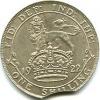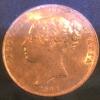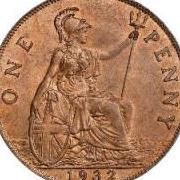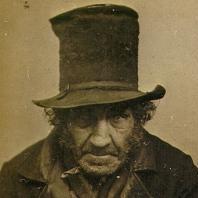There's the stated mintage of the 1831 proof sets, which is given as 120 sets. How reliable or where this number is from I don't know, but that's always the figure used in catalogues, annuals etc. I should also add it's often accompanied by the prefix circa, which makes it look more like a later estimate, so it might not even be official. Actual records of early 19th century proof set numbers haven't survived or were never made as far as I know.
It's thought an unspecified number of extra proofs were also minted, often late strikings in some cases especially for the 1839 set, how many per denomination not known, and if so, for the William proofs the mintage would have been higher than 120. There are also the non-proof-set varieties like the 1831 milled edge sixpence mentioned and the upright bronzed proofs for example, and each 1831 denomination has extra proof varieties.
 Coinpublications.com
Coinpublications.com









